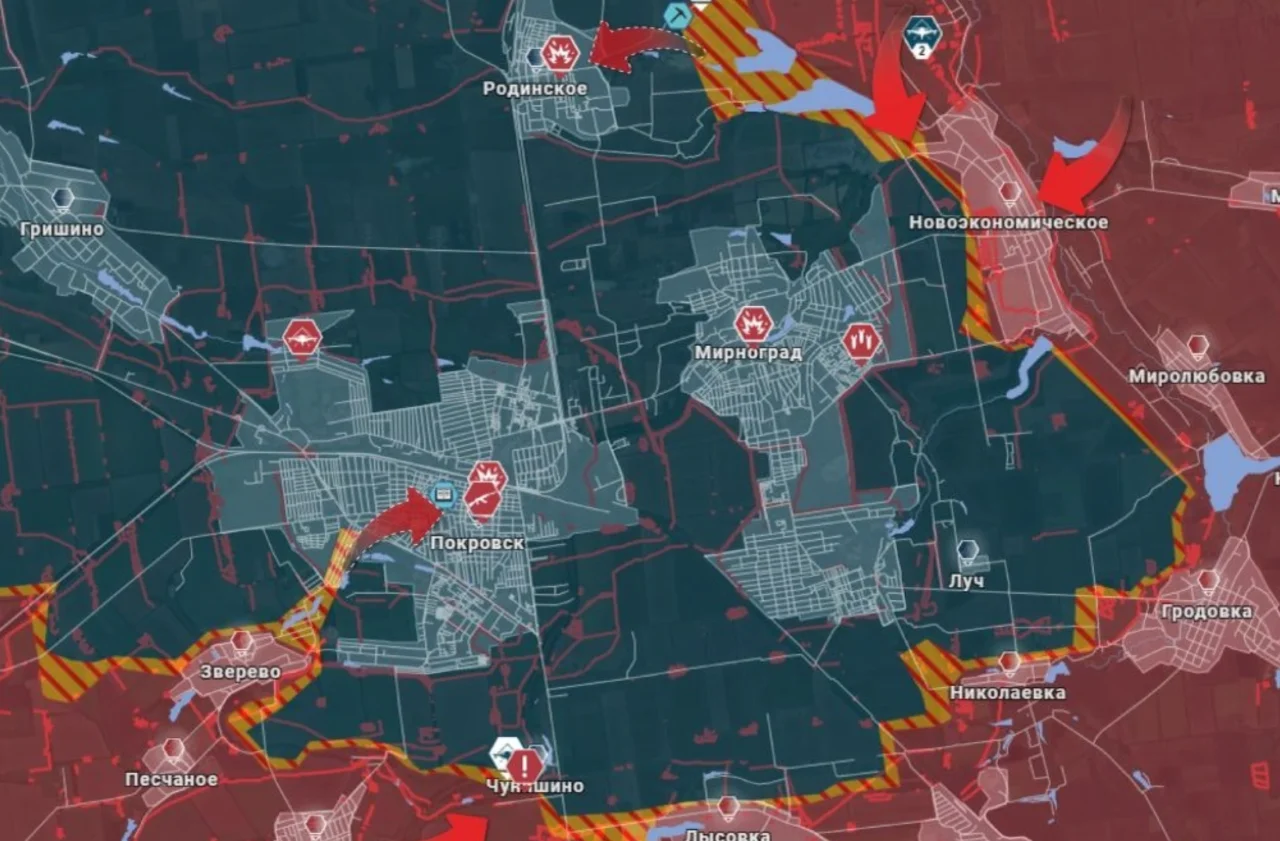
As the city of Pokrovsk in the Donetsk region remains under continuous pressure from Russian troops, this place has become a new symbol of Ukrainian resistance. The last time Russian troops faced such fierce resistance as in the war for Bakhmut was in 2022-2023. The fight for Pokrovsk has not stopped since the end of 2024. By November 2025, Ukrainian President Volodymyr Zelenskyy openly acknowledged the extreme complication of the situation and was forced to declare that troops could withdraw from the city if necessary.
However, there are also significant differences in this battle. CNN reports that Russia has fundamentally changed its tactics around Pokrovsk based on the experience gained over the past two years. The main change is the mass introduction of long-range drones. This expanded the "loop of death" on both sides of the front line, making any advance extremely dangerous and almost impossible.
Russian troops are now using mopeds, quad bikes, and light buggies instead of attacking with tanks or armored vehicles as before. One of the Ukrainian fighters who participated in the defense of Pokrovsk said that the first encounter with such small rapid-moving groups seemed "extremely unusual," but they quickly realized the logic of this method in the context of constant drone strikes.
One of the most serious problems in the city is the almost complete impossibility of evacuating the wounded. Ukrainian doctors emphasize that vehicles can only approach Pokrovsk for 10-15 kilometers, which is already dangerous, as drones are ready to strike every minute. "If a soldier gets a moderate injury, he'll come to me in thirty percent more severe condition - if he ever comes," the doctor told CNN.
The "wave-like attacks" used by Russia in the battles in Bakhmut were called "meat grinders" in Ukraine. However, in Pokrovsk, this practice has changed. Ukrainian soldiers told CNN that the number of attacking groups has sharply decreased: now they will consist of no more than three people, not five or seven. Therefore, it has become difficult to observe them accurately through drones. The fighters emphasize that even if two people from each three-person group are eliminated, the third group retains the goal of completing the mission - breaking into the city and firmly establishing itself. Sometimes about a hundred such small groups can attack in a single day.
According to Mason Clark, an analyst at the Institute for the Study of War (ISW) in Washington, Russia has adopted this method as its new strategy. According to him, Russia is no longer against the slow pace of the offensive - the main goal is to create a state of constant fatigue at the front without reducing pressure even for a single day.
The situation around Pokrovsk indicates that the new stage in the war is turning into a clash between technology and small maneuvering groups, not tactics. For Ukraine, the main problem is withstanding continuous strikes with limited resources.
Read “Zamin” on Telegram!Users of Меҳмон are not allowed to comment this publication.














